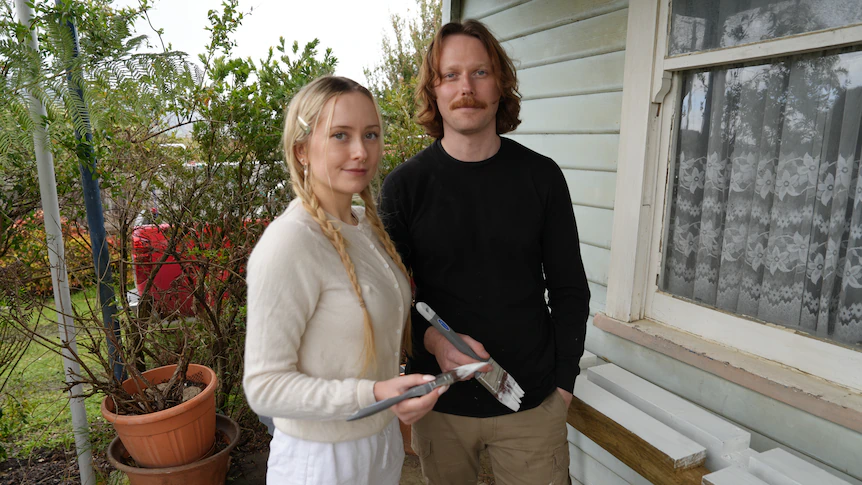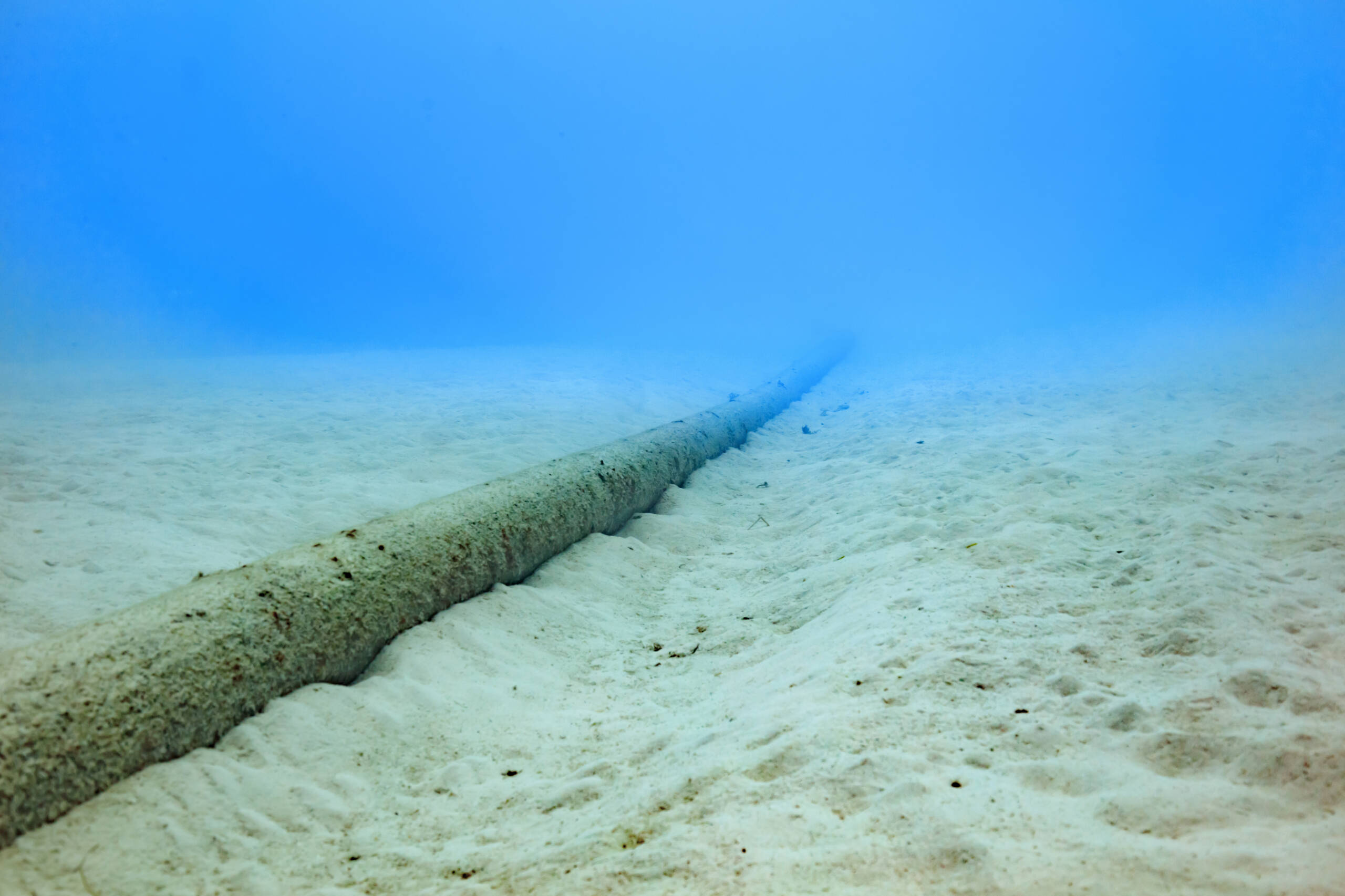By Sophie Jaggers
Copyright abc

Jack Taylor can still vividly remember the day when the air around him became too hot to breathe.
It was early afternoon and he was working as a tradie on a humid Queensland work site.
“It was 1:30pm — still a couple of hours to go — and the foreman just said ‘bugger this, it can’t be done’,” Mr Taylor said
“I remember coming home and recounting what my experience was and how odd it was to feel like you couldn’t breathe, you were just sweating so profusely.
The heat was unlike anything he had ever experienced while working outside.
Last month, Mr Taylor and his partner Anna Graham packed up their bags on the Sunshine Coast and moved to a small community in southern Tasmania.
While lower house prices and a change in scenery were key motivators, the couple were mostly driven by a desire to escape the heat.
“It was quite easy for us to holiday down here and then think to ourselves ‘well, I could quite easily picture myself living in such a beautiful place and I don’t have to work out in the heat year-round’,” Mr Taylor said.
‘Climate refugees’ drawn to Australia’s most southern state
The ABC issued a callout for people who have recently moved to Tasmania due to climate change impacts.
Here are a few of the responses:
“We moved to Tasmania after building our dream house in Esperance, WA and suffered through what seemed an endless drought, and non-stop bushfire all within close vicinity of the property. We couldn’t take it any longer and moved back to Tasmania for the climate” — Andrew, Launceston
“We moved from SE Qld here for a few reasons but also concerns over rising global heating. A cool, wet temperate climate sounded rational, but even up here in a cold, wet, forested mountain valley we’ve learned in the 7 years we’ve been here that we are well and truly on the frontlines of climate change” — Ben, Northern Tasmania
“I moved to Hobart from Brisbane due to repeated heatwaves and floods. I ran a business in QLD and was willing to start again down here” — Edward, Howrah
“The job market in Tasmania is nowhere like the other big cities in Australia. The struggle is real, but life in QLD over the last decade in summer has become unbearable. I don’t regret my choices” — Anna, Huonville
“We were sick of being hostages to air conditioning, going from home to work or shopping centres, unable to enjoy the outdoors for 8 months of the year” — Anne, Geeveston
It’s a phenomenon Mr Taylor and Ms Graham are familiar with.
They point to several popular Facebook pages where people seek and share advice on how to move to Australia’s southern-most state.
“I kind of feel like Queenslanders are propping up the population in Tasmania at the moment with the emigration that’s occurring,” Mr Taylor said.
“There is quite a large consensus, and that flow of people coming into the state, down here we call ourselves climate refugees. I think that’s going to continue to increase.”
Tasmania not immune to floods, fires and heatwaves
With its sprawling wilderness areas and cool climate, Tasmania has a reputation for being a climate refuge.
However, the recently released National Climate Risk Assessment highlighted key climate hazards for the state, including worsening heatwaves, drought and flooding.
According to the assessment, Tasmania, alongside Victoria, South Australia and southern parts of Western Australia, are likely to see the “highest increases in time spent in drought”.
Farming communities are identified as particularly vulnerable, with increased drought, variable rainfall and aridity impacting Tasmania, the Murray-Darling Basin and NSW.
At 3.0 degrees Celsius of warming, heat-related mortality is expected to increase by 146 per cent in Launceston.
Heatwaves are also expected to intensify, increasing from 2-4 severe or extreme heatwave days a year at 1.2 degrees of global warming, to up to 20 per year at 3 degrees of warming.
Dr Karen Palmer, a sea level scientist with the University of Tasmania, had her research referenced in the risk assessment.
She said while the state may have a reputation as a climate refuge, there’s “no escaping” the impacts of a warming Tasmania.
“Closer to the equator, you’re more likely to see those really high temperatures that make it unlivable,” Dr Palmer said.
“But in Tasmania, we have a lot of special ecosystems, and they aren’t adapted to even small increases in temperature, so plants that aren’t adapted to burning at all or urban forests that aren’t adapted to longer periods of drying.
Launceston featured as key case study
Launceston was included in the assessment as a case study of ‘compound estuarine flooding’, when there are multiple drivers of a flood.
According to the assessment, flooding of the North and South Esk rivers combined with storm tides along the kanamaluka/Tamar estuary makes Launceston vulnerable to compound flooding — a flood risk that will “increase with climate change”.
The assessment found the city’s flood risk could result in some areas being submerged by more than two metres of water by 2090.
Launceston City Council’s senior asset manager Erica Deegan says the council was “well and truly aware” of that scenario.
“We’re prepared to respond when a flood event does happen,” Ms Deegan said.
Couple confident they’ve made right choice
Mr Taylor and Ms Graham are aware of Tasmania’s climate change hazards.
But they are still confident they have chosen the lesser of two evils.
“Even if those types of issues that we were seeing in Queensland started to eventuate down here, we would probably just be grateful that we would be dealing with a smaller or a lower severity of it,” Mr Taylor said.



